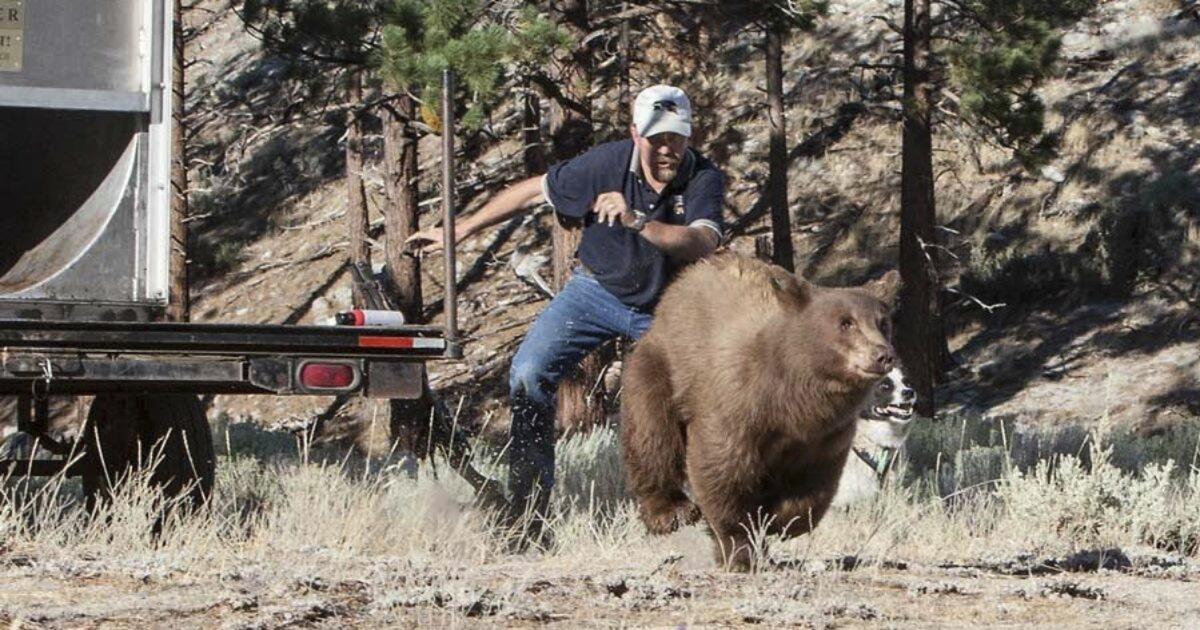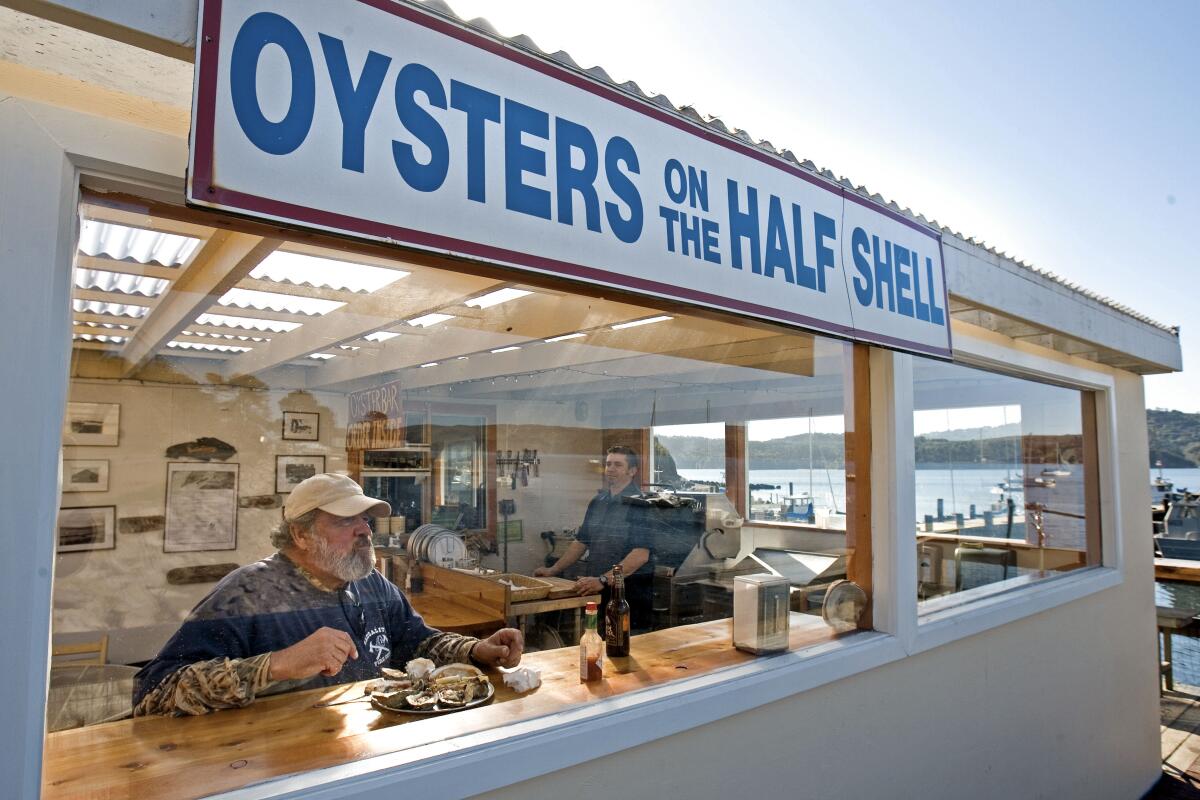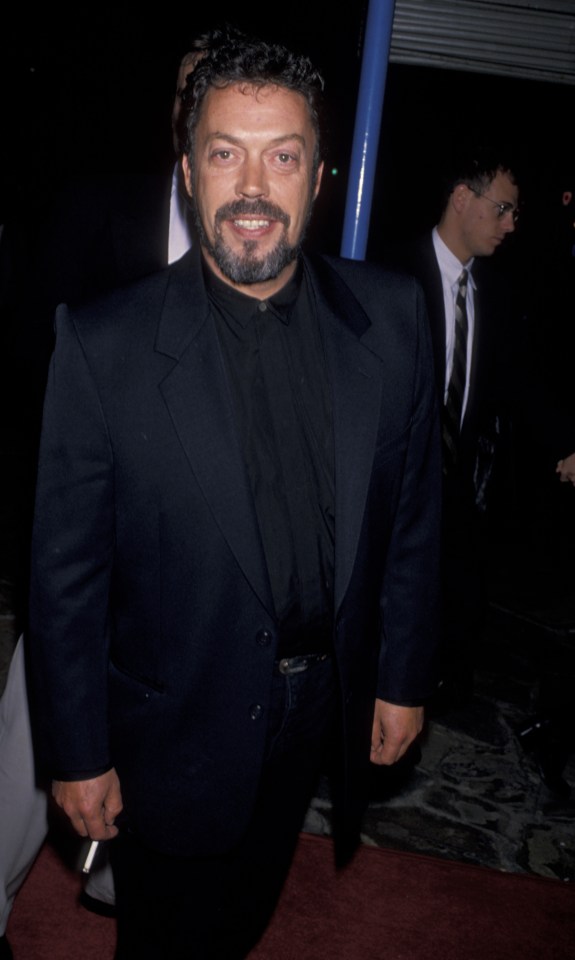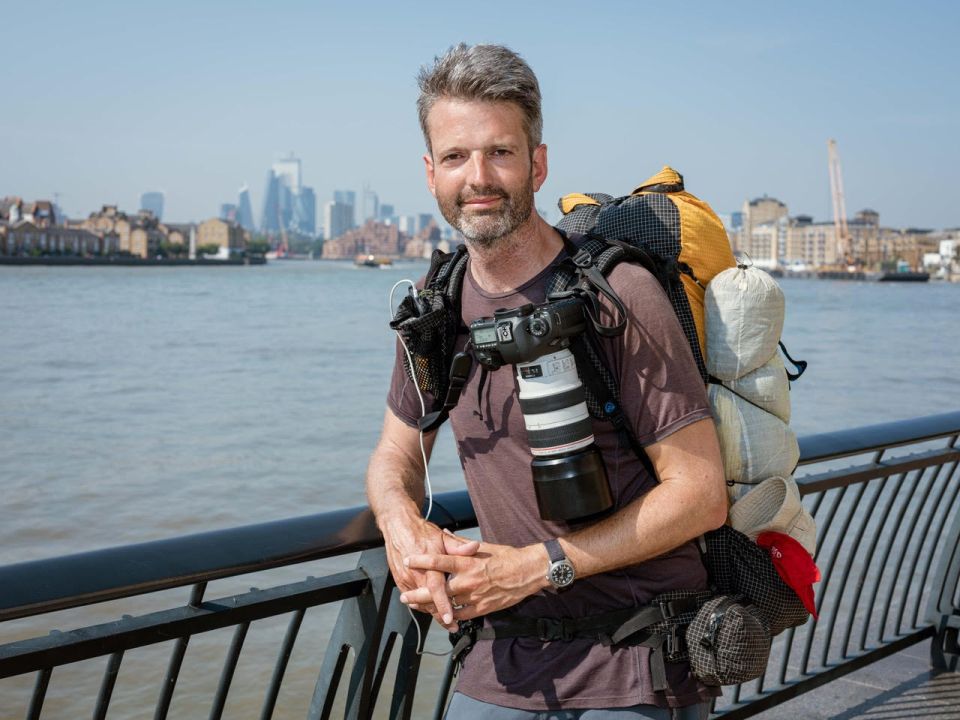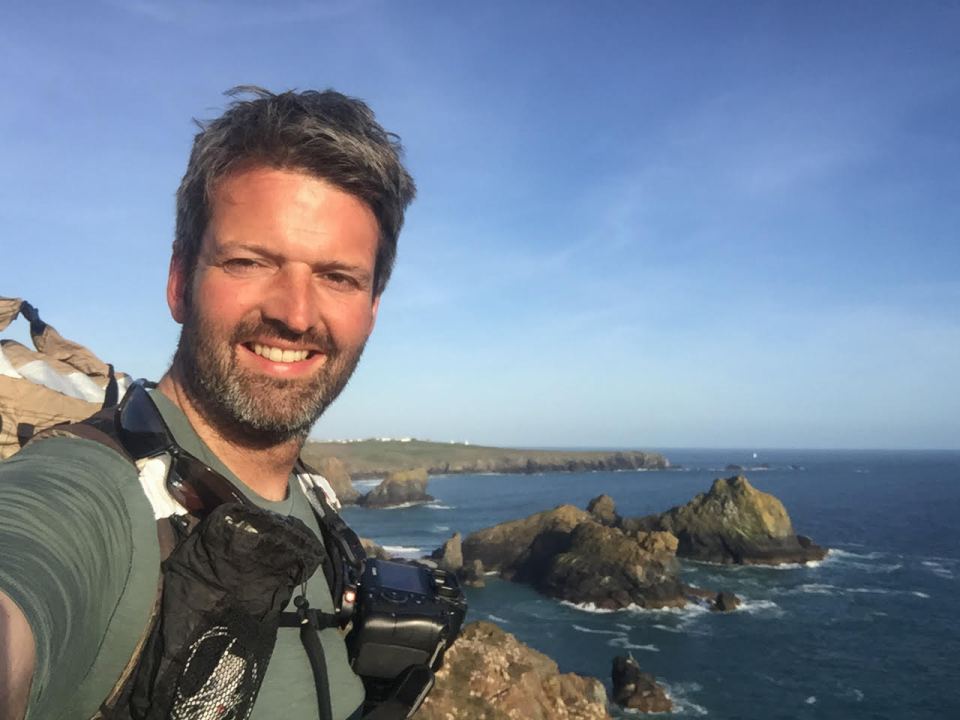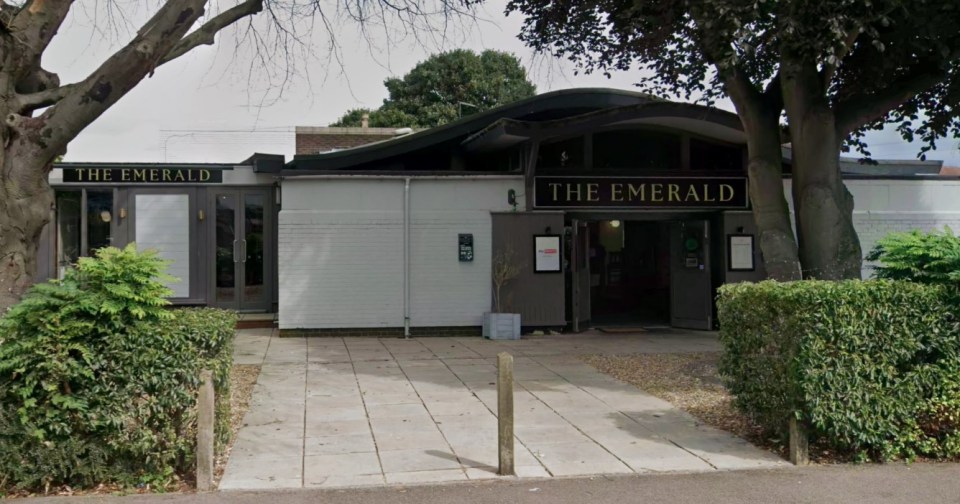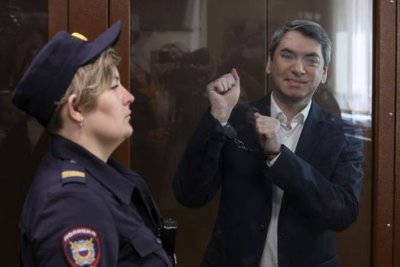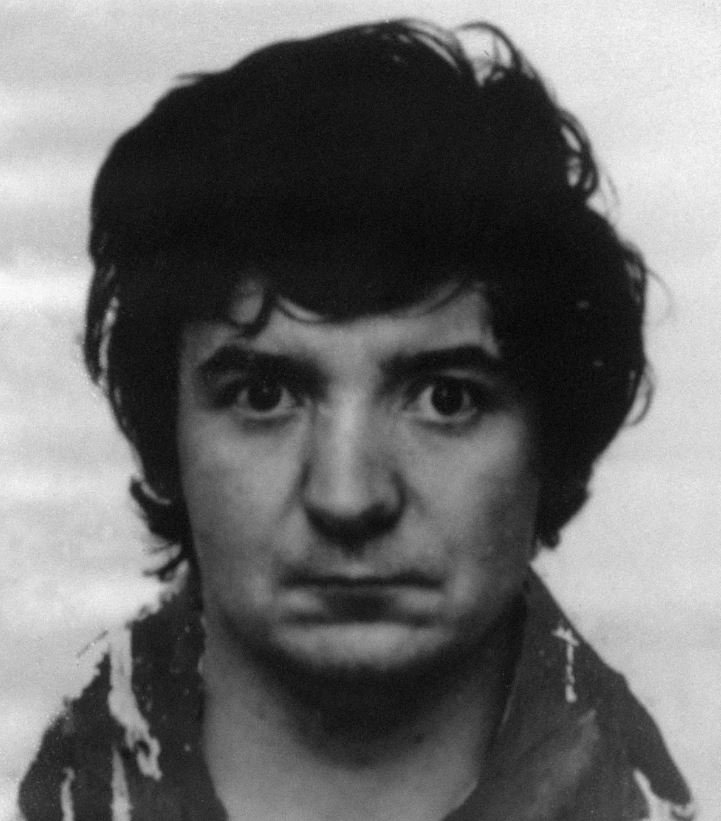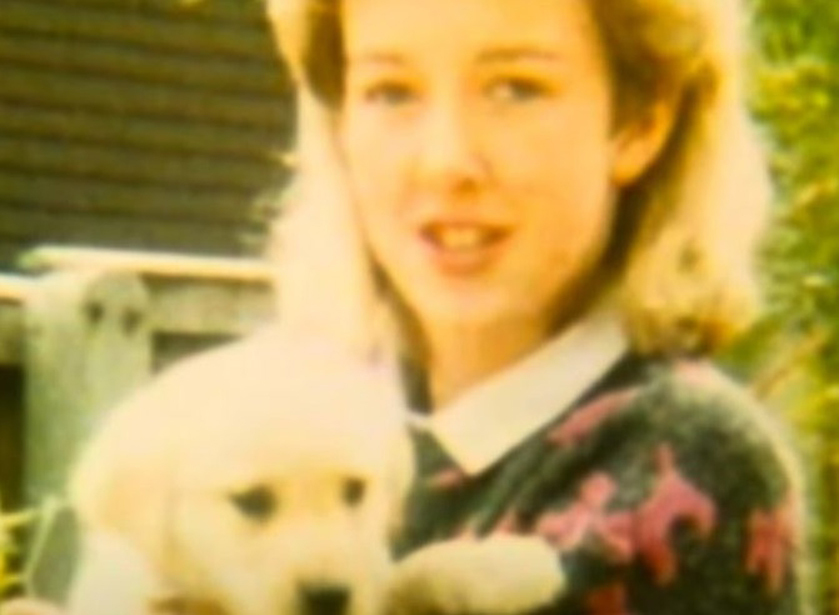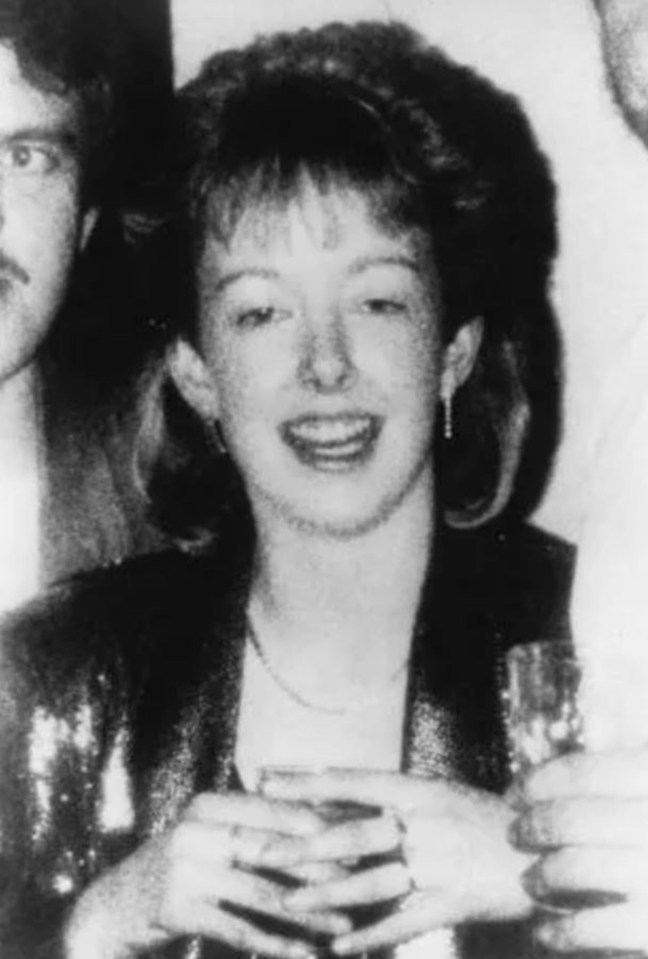Seventy-seven years after the Nakba, we are naming our new ruin | Israel-Palestine conflict
When my grandmother, Khadija Ammar, walked out of her home in Beit Daras for the last time in May 1948, she embarked on a lonely journey. Even though she was accompanied by hundreds of thousands of Palestinians – also forced to leave behind their cherished homes and lands to escape the horror unleashed by Zionist militias – there was no one in the world watching. They were together, but utterly alone. And there was no word to describe their harrowing experience.
In time, Palestinians came to refer to the events of May 1948 as the Nakba, or the catastrophe. The use of the word nakba in this context invokes the memory of another “catastrophe”, the Holocaust. The Palestinians were telling the world: just three years after the catastrophe that befell on the Jewish people in Europe, a new catastrophe – very different, but no less painful – is unfolding in our homeland, Palestine.
Tragically, our catastrophe never came to an end. Seventy-seven years after my grandmother’s expulsion, we are still being hunted, punished and killed, for trying to live on our lands with dignity or demanding that we are allowed to return to them.
Because it has never truly ended, commemorating the Nakba as a historical event has always been difficult. But today, a new challenge confronts us as we try to understand, discuss or commemorate the Nakba: it has entered a new and terrifying phase. It is no longer just a continuation of the horror that began 77 years ago.
Today, the Nakba has transformed into what Amnesty International described as a “live-streamed genocide”, its violence no longer hidden in archives or buried in survivors’ memories. The pain, the blood, the fear and the hunger are all visible on the screens of our devices.
As such, the word “Nakba” is not appropriate or sufficient to describe what is being done to my people and my homeland today. There is a need for new language – new terminology that accurately describes the reality of this new phase of the Palestinian catastrophe. We need a new word that could hopefully help focus the averted eyes of the world on Palestine.
Many terms have been proposed for this purpose – and I have used several in my writing. These include democide, medicide, ecocide, culturicide, spacio-cide, Gazacide, and scholasticide. Each of these terms undoubtedly defines an important aspect of what is happening today in Palestine.
One term that I find especially powerful as an academic is scholasticide. It underlines the ongoing, systematic erasure of Palestinian knowledge. Every university in Gaza has been destroyed. Ninety percent of schools have been reduced to rubble. Cultural centres and museums flattened. Professors and students killed. The term scholasticide, coined by the brilliant academic Karma Nabulsi, describes not only the physical destruction of Palestinian educational institutions but also the war being waged on memory, imagination and the Indigenous intellect itself.
Another term I find evocative and meaningful is Gazacide. Popularised by Ramzy Baroud, it refers to a century-long campaign of erasure, displacement and genocide targeting this specific corner of historic Palestine. The strength of this term lies in its ability to locate the crime both historically and geographically, directly naming Gaza as the central site of genocidal violence.
Although each of these terms is powerful and meaningful, they are all too specific and thus unable to fully capture the totality of the Palestinian experience in recent years. Gazacide, for example, does not encompass the lived realities of Palestinians in the occupied West Bank and East Jerusalem, or those in refugee camps across the region. Scolasticide, meanwhile, does not address the apparent Israeli determination to make Palestinian lands inhabitable to their Indigenous population. And none of the aforementioned words address Israel’s declared intentions for Gaza: complete destruction. On May 6, Israeli Finance Minister Bezalel Smotrich chillingly stated, “Gaza will be entirely destroyed … and from there [the civilians] will start to leave in great numbers to third countries.”
As such, I propose a new term – al-Ibādah or the Destruction – to define this latest phase of the Nakba. The term reflects the horrifying rhetoric employed by Smotrich and numerous other Zionist fascist leaders and captures the comprehensive and systematic erasure under way not only in Gaza, but across historic Palestine. Al-Ibādah is capacious enough to encompass multiple forms of targeted annihilation, including democide, medicide, ecocide, scholasticide, culturicide and others.
In Arabic, the phrase for genocide, “al-Ibādah jamāʿiyyah” meaning “the annihilation of everyone and everything” has the word al-Ibādah as its root. The proposed term al-Ibādah intentionally truncates this phrase, transforming it into a concept that signifies a permanent and definitive condition of destruction. While it does not assign a specific geographical location, it draws conceptual strength from the work of Pankaj Mishra (The World After Gaza), who argues that the treatment of Palestinians in Gaza represents a qualitatively distinct form of genocidal violence. According to Mishra, Gaza constitutes the front line of Western neocolonial and neoliberal projects, which seek to consolidate global order around the ideology of white supremacy. By pairing the definite article with the noun, al-Ibādah asserts this condition as a historical rupture – a moment that demands recognition as a turning point in both Palestinian experience and global conscience.
Today, when it comes to Palestine, the word “destruction” is no longer whispered. From military commanders to politicians, journalists to academics, vast segments of the Israeli public now openly embrace the complete destruction of the Palestinian people as their ultimate goal.
Entire families are being wiped out. Journalists, doctors, intellectuals and civil society leaders are deliberately targeted. Forced starvation is used as a weapon. Parents carry the bodies of their children to the camera, to document the massacre. Journalists are killed mid-broadcast. We are becoming the martyrs, the wounded, the witness, the chroniclers of our own destruction.
My grandmother survived the Nakba of 1948. Today, her children and over two million Palestinians in Gaza live through even darker days: the days of destruction.
My pregnant cousin Heba and her family, along with nine of their neighbours, were killed on October 13, 2023. By then, just days after October 7, dozens of families had already been erased in their entirety: the Shehab, Baroud, Abu al-Rish, Al Agha, Al Najjar, Halawa, Abu Mudain, Al-Azaizeh, Abu Al-Haiyeh.
On October 26, 2023, 46 members of my own extended family were killed in one strike. By last summer, that number had grown to 400. Then I stopped counting.
My cousin Mohammed tells me they avoid sleep, terrified they won’t be awake in time to pull the children from the rubble. “We stay awake not because we want to but because we have to be ready to dig.” Last month, Mohammed was injured in an air strike that killed our cousin Ziyad, an UNRWA social worker, and Ziyad’s sister-in-law. Fifteen children under 15 were injured in the same attack. That night, as he had done countless times over the past 18 months, Mohammed dug through the rubble to recover their bodies. He tells me the faces of the dead visit him every night – family, friends, neighbours. By day, he flips through an old photo album, but every picture now holds a void. Not a single image remains untouched by loss. At night, they return to him – sometimes in tender dreams, but more often in nightmares.
This month, on May 7, Israeli strikes on a crowded restaurant and market on the same street in Gaza City killed dozens of people in a matter of minutes. Among them was journalist Yahya Subeih, whose first child, a baby girl, was born that very morning. He went to the market to get supplies for his wife and never returned. His daughter will grow up marking her birthday on the same day her father was killed – a terrible memory etched into a life just beginning. Noor Abdo, another journalist, compiled a list of relatives killed in this war. He sent the list to a human rights organisation on May 6. On May 7, he was added to it himself.
A worker at the restaurant that was hit spoke about a pizza order placed by two girls. He said he overheard their conversation. “This is expensive, very expensive,” one girl said to the other. “That’s okay” she replied. “Let’s fulfil our dream and eat pizza before we die. No one knows.” They laughed and ordered. Soon after their order arrived, the restaurant was shelled and one of the girls was killed. The worker does not know the fate of the other. He, however, says he noticed a single slice from their pizza was eaten. We can only hope that the one who was killed got to taste it.
This, all this, is al-Ibādah. This is the destruction.
In the face of global inaction, we are all but powerless.
Our protests, our tears, our cries have all fallen on deaf ears.
But we are still left with our words. And speech does have power. In the Irish play Translations, which documents the linguistic destruction of the Irish language by the British army in the early 1800s, the playwright Brian Friel explains how by naming a thing we give it power, we “make it real”. So in a final act of desperation, let the commemoration of this year’s Nakba be the time when we name this thing and make it real: al-Ibādah, the Destruction.
The views expressed in this article are the author’s own and do not necessarily reflect Al Jazeera’s editorial stance.



